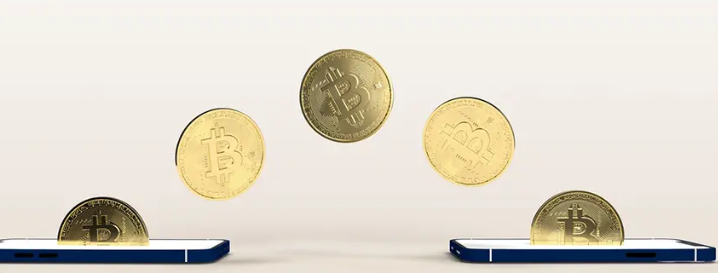- Remittance
- Exchange Rate
- Stock
- Events
- EasyCard
- More
- Download
- Creator

Can Funds be Returned if the Bank Code is Incorrect in a Cross-Border Payment?
The bank code is a crucial element in cross-border payments, directly affecting whether the payment can be successfully transferred. Although bank codes might seem straightforward, any error can lead to significant issues such as funds being rejected, held by intermediary banks, or not reaching the recipient at all.

The Role of Bank Codes
Common bank codes include SWIFT codes (also known as BIC codes) and IBAN (International Bank Account Number). Bank codes are unique identifiers used to identify banks and financial institutions. For example, the SWIFT code for Citibank’s New York branch is CITIUS33, where CITI represents Citibank, US stands for the United States, and 33 indicates New York.
IBAN is used to uniquely identify a recipient’s bank account in cross-border transactions. The first two characters represent the country code, followed by two check digits for validation. Subsequent digits identify the specific bank and account. In cross-border payments, bank codes ensure the accurate transfer of funds from the payer’s account to the recipient’s account.
If the receiving or intermediary bank cannot recognize the incorrect code, the payment might be automatically returned to the payer’s account, necessitating a new payment and incurring additional fees and exchange rate losses. Alternatively, the funds may be held by an intermediary bank, as cross-border payments involve multiple intermediaries, leading to funds being held up. Correcting this error requires extra time, causing further delays.
Solutions for Incorrect Bank Codes
When a bank code error is detected, promptly taking effective measures can minimize losses and ensure the safe return or correct transfer of funds.
Contact the Paying Bank Immediately
The first step upon discovering an incorrect bank code is to contact the paying bank immediately. Provide detailed transaction information, including the transaction date, amount, recipient information, and the incorrect bank code. Promptly informing the bank will allow them to quickly initiate the investigation and correction process. Clearly explain the situation, provide the correct bank code and other relevant information, and request the bank to start the funds tracing and return process.
Bank’s Investigation and Processing
Upon receiving your notification, the bank will initiate an internal investigation to locate the funds and communicate with intermediary and recipient banks. This process involves several measures and can be time-consuming. Initially, the bank will review the transaction records to confirm the bank code error. Once the error is confirmed, the bank will start the funds tracing process. Subsequently, the bank will contact the involved intermediary and recipient banks, inform them of the situation, and request their assistance in returning the funds.
Possibility of Funds Return
In most cases, funds can be successfully returned to the payer’s account, but the specific timeframe depends on various factors, including the number of banks involved and their processing efficiency. If the funds have already reached the wrong account, the bank may need more time and procedures to recover the funds. The success of funds return depends on timely detection and reporting of the error, accurate provision of corrective information, and cooperation between banks and intermediaries. Timely detection of the error and early reporting to the paying bank will help them quickly initiate the funds tracing and return process. Providing accurate transaction information and the corrected bank code will assist the bank in effectively handling the issue.
Conclusion
Incorrect bank codes in cross-border payments are a common but serious problem. Once an error is detected, taking immediate action by contacting the paying bank and providing detailed transaction information can help initiate the funds tracing and return process as early as possible. Intermediary and recipient banks must also cooperate actively. Alternatively, you can use a professional remittance tool like BiyaPay, which avoids multiple intermediary banks, enabling local remittances to most countries or regions with fast transfer speeds, low fees, and no limit on the amount. You can also search for any bank’s SWIFT code on BiyaPay’s official website to avoid errors during remittance and prevent accidents.
In summary, through timely and accurate actions, you can minimize losses and ensure the safe return or correct transfer of funds.

























